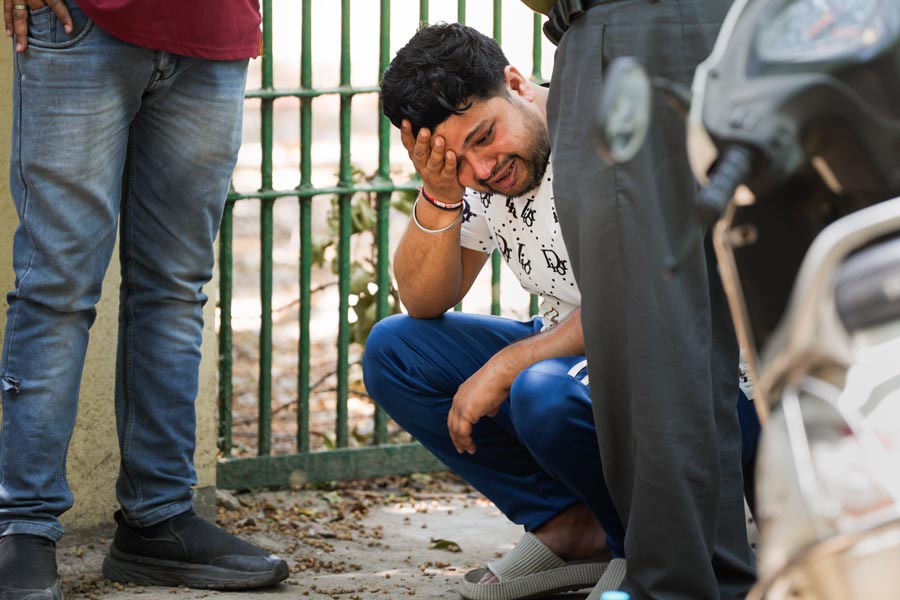The jatugriha, it appears, is not limited to epical imagination. India’s public edifices, especially those in cities, are resembling the proverbial burnt house with an alarming consistency. In east Delhi, a fire at a children’s hospital led to the death of several newborns on Saturday; meanwhile, in Rajkot, Gujarat, a gaming zone turned into a trap killing at least 28 people, including children. India is no stranger to the fury of fires at urban sites: the Uphaar cinema tragedy in Delhi or Calcutta’s Stephen House turning into a towering inferno are but two examples. The incidents in east Delhi and Rajkot will add to the growing, grim statistics of death by fire in the country. According to data compiled by the National Crime Records Bureau, 3,375 fire incidents have been reported in the country in the past two years — electrical short circuits are the predominant cause of these blazes. In 2019, 330 lives were lost in fires in commercial buildings while the number of fatalities in residential fires was 6,329. Many of these tragedies share a common factor: regulatory lapses on the part of authorities combined with the culpability of the owners of the doomed buildings. Reports suggest that serious violations of the fire safety codes had been perpetrated by the owners of the gaming zone in Rajkot; licences had also been taken with the construction making the site vulnerable. Little wonder then that the Gujarat High Court has described the incident as a “man-made disaster” and hauled up the civic body. Similarly, the Delhi hospital had an expired licence and lacked fire extinguishers and emergency exits.
These transgressions are not the result of the absence of laws. Fire safety protocols are integral to the National Building Code; the ministry of housing and urban affairs’ Model Building By-Laws, 2016 provide states and Union territories with templates to frame by-laws to augment protection from fires; the National Disaster Management Authority has mandated specific fire safety criteria for public structures too. The issue, then, lies with the application of relevant legislations. This is a grey area on account of a host of factors, including corruption in municipal institutions, complicity between the builders’ lobby and the authorities along with poor awareness on the part of residents regarding the safety standards for construction. India is urbanising at a brisk pace. Stakeholders — the government, municipal agencies, builders and citizens — must resist the weakening of safety mechanisms to prevent the killer flames.











